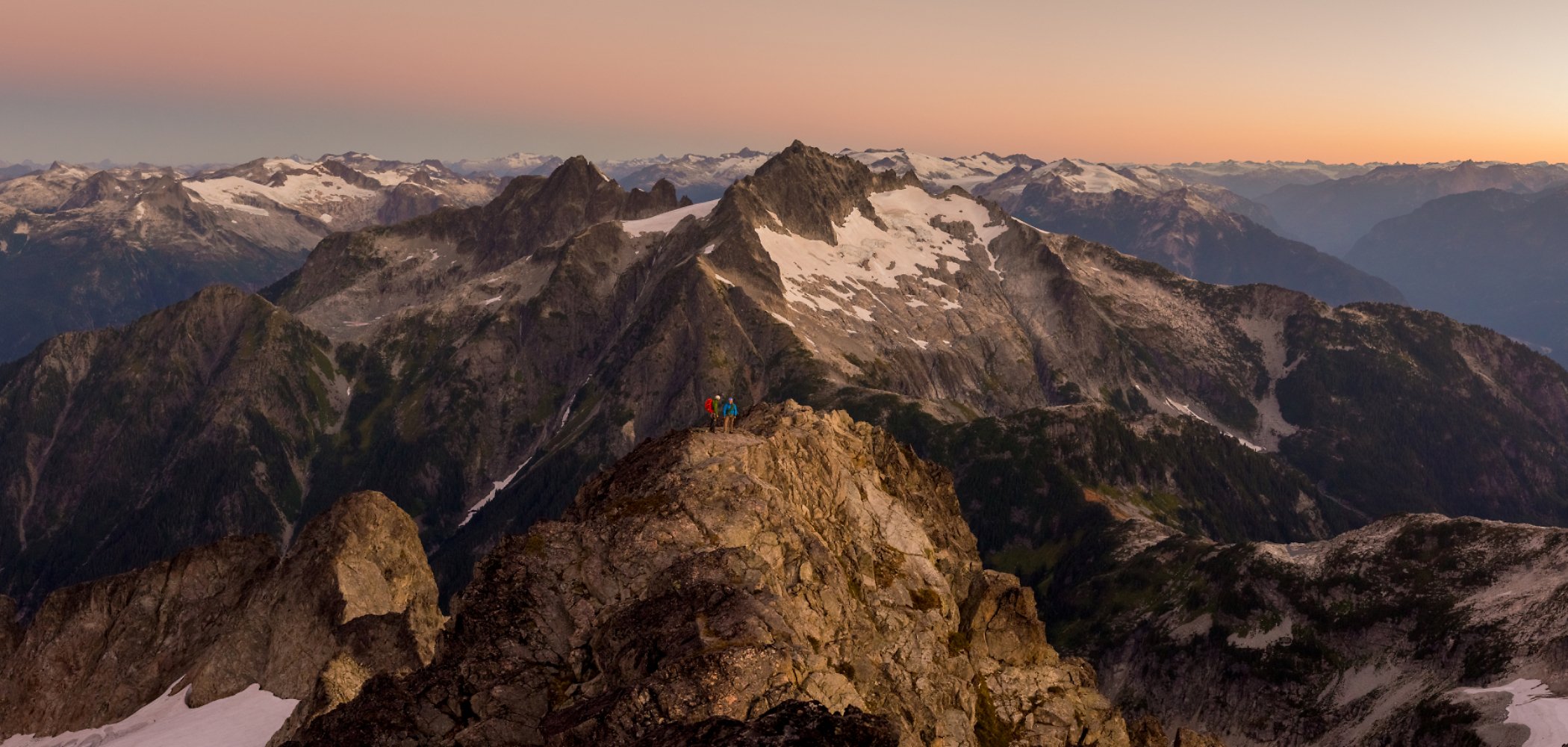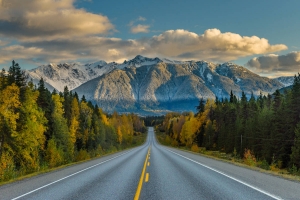

Are you ready to start planning your trip to British Columbia? The information on this page will help you get started. For up-to-date information about travel advisories, border information, and weather alerts, please visit our Know Before You Go page.
We all have a role to play in ensuring safe and responsible travel in BC, and there are protocols and expectations in place to keep you and our communities safe. For more information, visit our How To Travel Safely & Responsibly page.
A few areas in BC are currently being impacted by wildfires. See Emergency Info BC for more information.
Travelling to and within BC
Federal Travel Requirements
FEDERAL TRAVEL REQUIREMENTS
Travellers entering Canada via air or land border are no longer required to provide proof of vaccination.
For more information on current federal border measures and requirements, including crossing the border via car, please visit the Government of Canada website.
Getting Here and Around
There are many ways to travel to and within BC, including by air, rail, water, or road. To explore your options, please visit our Getting Here & Around page.
For information regarding border crossings and air travel to BC, please visit our Know Before You Go page.
Tip: DriveBC is an up-to-date resource to see if weather conditions have caused road closures anywhere in the province.
Maps
Looking to chart a course for your western Canada adventure? Visit our Maps page to see where to find the best powder, where to pitch your tent, or where to hit the road.
Passports & Customs
Canada Border Services Agency has current information for visitors to British Columbia about required travel documents, restricted goods, traveling with children and pets, and other resources.
For information about entering or reentering the United States, visit the U.S. Department of Homeland Security.
Currency
Credit cards (mainly Visa and MasterCard) are accepted by most businesses, but it’s a good idea to carry some Canadian cash. ATMs, located in banks and retail areas, dispense Canadian currency. A bank or currency exchange outlet can change your funds to Canadian dollars. Banks are generally open Monday to Friday, with some open on weekends.
When booking accommodation or experiences online, be sure to clarify the currency being charged. Some online booking sites offer options.
A federal goods and services tax (GST) of 5% and a provincial sales tax (PST) of 7% are applicable to most purchased goods and services.
A tip of 15-20% at bars and restaurants is customary. Tips are also given to tour guides, taxi drivers, and for spa treatments and haircuts. Porters at airports, railway stations, and hotels generally expect $1-2 per item of luggage.
Measurements
Canada uses the metric system. The following conversions may be useful:
Driving In BC
Here are some resources if you are going to be driving in BC:
- Visitors to BC who hold a valid foreign or out-of-province licence can drive for up to six months. Any restrictions on your licence apply here, too.
- Visit ICBC to get familiar with BC’s driving rules and regulations as well as insurance coverage for your vehicle.
- Consult DriveBC for up-to-date information about road conditions and closures.
- Consult the Ministry of Transportation and Infrastructure for other driving regulations.
- Plan ahead with BCAA’s Ultimate Guide to Safe Road-Tripping in BC, including helpful resources such as the BCAA vehicle checklist, how to pack for an emergency, and more.
- Highways outside of Metro Vancouver and Southeast Vancouver Island require winter tires from October 1 to March 31. Visit Shift Into Winter for more information on winter driving in BC.
Trip Planning Resources
Accommodation & Experiences
- To find places to stay across BC, including hotels, B&Bs, campgrounds, and more, visit our Accommodations page.
- To learn about attractions, guided tours, parks, and more, visit our Experience Providers page.
- To find travel services to and within BC, visit our Tour Operators page.
- Explore the latest special offers and deals in British Columbia from our Travel Deals page.
- To find a complete list of campgrounds and RV parks throughout British Columbia, visit Camping & RV in BC. Visit the BC Parks Reservations page for provincial campground bookings.
Accessibility
BC strives to be an inclusive destination for people of all abilities. To learn more about Accessible Travel in BC, please visit our Accessibility page.
To better serve travellers with accessibility needs, tourism businesses featured on our website have the ability to self assess with respect to mobility, vision, hearing, cognitive and general accessibility categories. Check individual Experience Provider and Accommodations listings for their accessibility details by selecting the “Accessibility” filters at the top of the page.
Indigenous Travel Experience
Indigenous cultures are alive and thriving. Learn how to travel with intent, and experience these communities responsibly. Here are some things to keep in mind:
- Travel is a privilege
- Wait for your welcome
- Come prepared and think sustainably
To learn more, visit Indigenous Tourism BC.
Visitor Information & Services
If you’re looking to connect with a local tourism expert, there are more than 100 community-owned Visitor Centers and booths across the province that make up BC’s Visitor Services Network. To find local insight and expertise, visit our Visitor Information & Services page.
Climate & Weather
The weather in British Columbia is influenced by latitude, mountains, and the Pacific Ocean. Temperature, average precipitation, and hours of sunshine can vary over short distances, but in general temperatures are warmer in the south and milder on the coast, and rainfall is heaviest in coastal communities. To learn more about seasonal weather, visit our Climate & Weather page.
Public Holidays
Banks, government offices, and some stores will be closed on statutory holidays, or on the following Monday if the holiday falls on a weekend. View a list of statutory holidays.
Parks
British Columbia, with its diverse landscapes, pristine ecosystems, and vast tracts of wilderness, has one of the highest proportions of protected land of any jurisdiction in the world.
- To learn more about BC Parks, Parks Canada, and Recreation Sites and Trails BC, please visit our Parks & Wilderness Areas page.
- Not all parks fall within national or provincial jurisdiction; many are managed by regional or municipal parks boards, which set their own rules, regulations, openings, and closures to ensure visitor safety. Always check with the park’s website before planning your visit to learn about the latest updates.
- See alerts, closures, and warnings about BC’s rustic campsites and recreational trails.
- Some parks have been affected by weather events and will remain impacted and/or closed this year. Find more information.
Start Planning Your BC Experience
Getting Here & Around
Visitors to British Columbia can arrive by air, road, rail, or ferry.
Visit TodayAccommodations
Five-star hotels, quaint B&Bs, rustic campgrounds, and everything in between.
Rest Your Head
